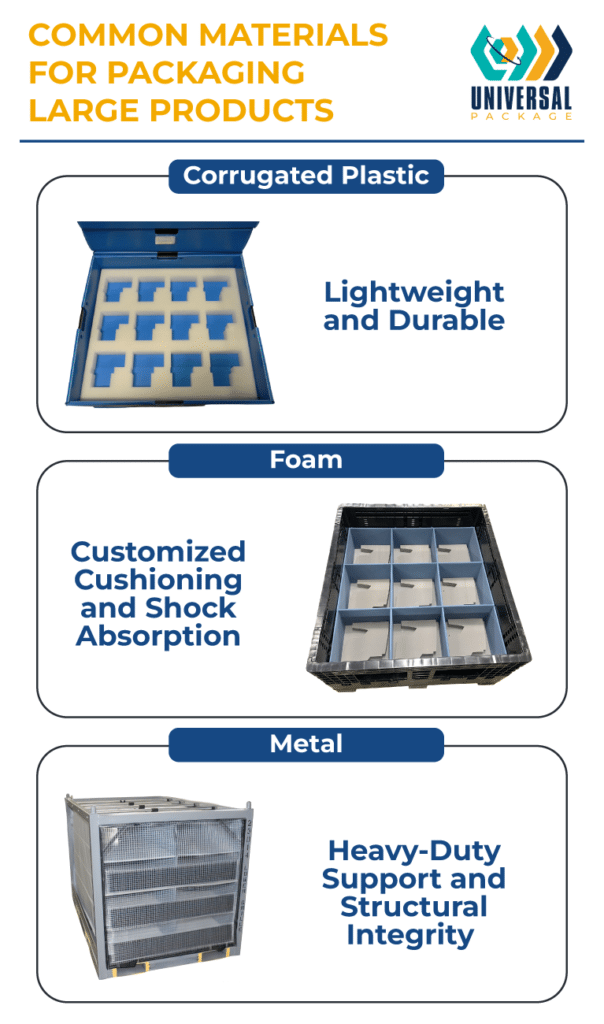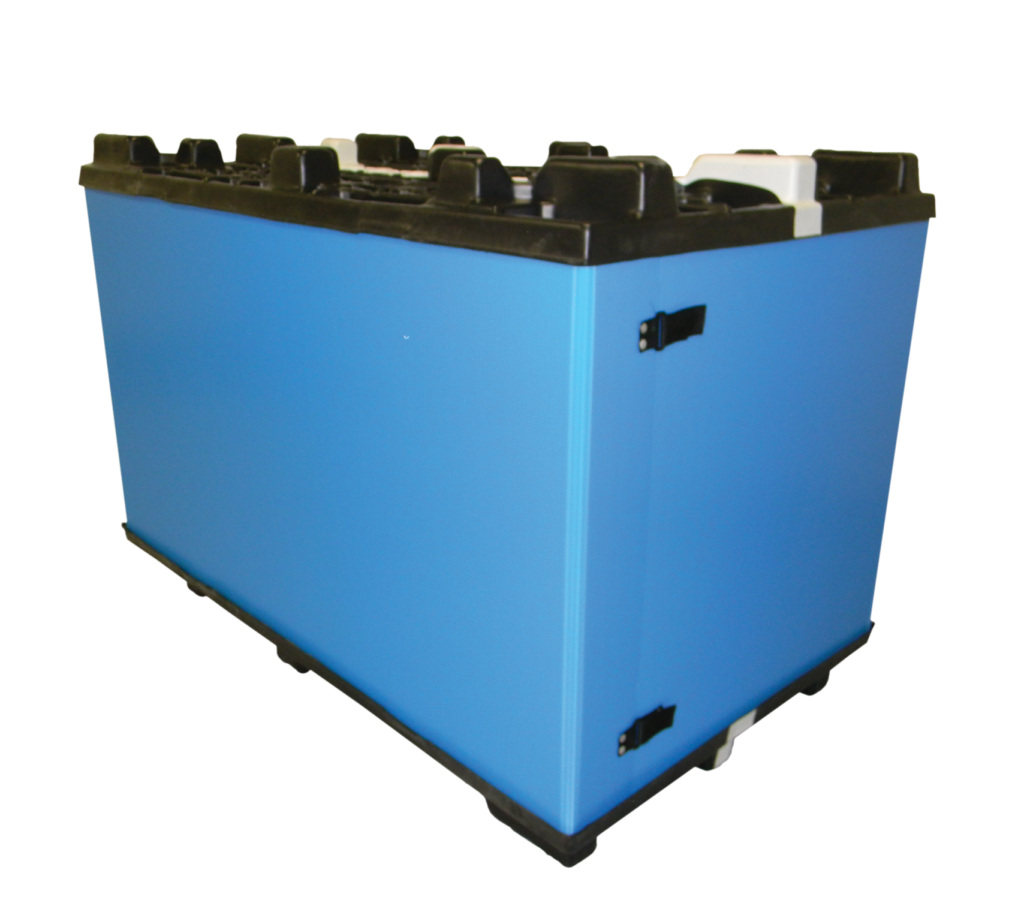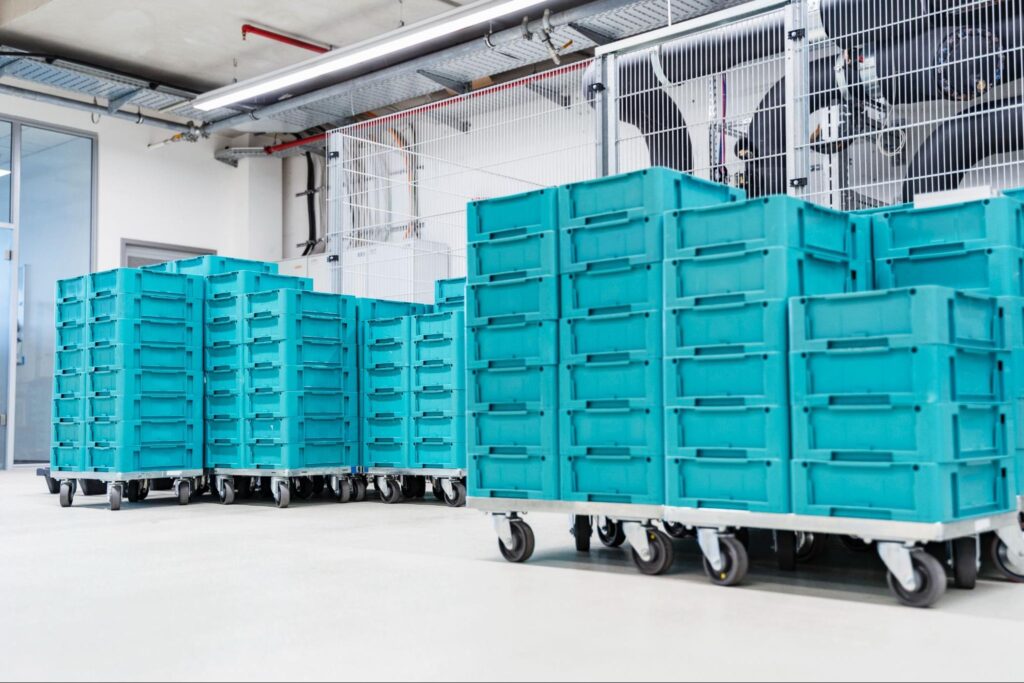Managing the transportation and storage of large items requires careful planning and tailored solutions. From automotive components and construction equipment to precision medical devices and consumer appliances, businesses must secure their oversized products effectively. Improper packaging can lead to damage, costly delays, and safety hazards, making efficient and durable packaging essential.
Understanding the fundamentals—selecting the right materials, leveraging custom packaging designs, and employing strategic best practices—is crucial. This guide provides key considerations, practical strategies, and expert solutions to handle oversized packaging demands while optimizing costs and ensuring product safety.
The Challenges of Packaging Large Products
Packaging oversized products presents unique difficulties due to their size, weight, and shape. Ensuring stability and protection during transit is challenging, as larger items are more susceptible to shifting and impacts within cargo bays. Adequate foam cushioning and structural support are essential to prevent damage and maintain balanced weight distribution, reducing the risk of accidents during handling and stacking.
Addressing the specific vulnerabilities of different products is also crucial. Heavy machinery may require robust reinforcements, while electronic components may need anti-static cushioning and precise stabilization. Inefficient packaging can lead to underutilized shipping space, driving up costs when oversized products require specialized carriers or trailers. Additionally, storage of large items can consume substantial warehouse space, making intelligent packaging designs like stackable or nestable solutions vital for optimizing space and improving logistical efficiency.
Businesses must adopt a strategic approach to packaging design, materials, and logistics to overcome these challenges, ensuring safe transport and cost-effective operations.
Key Considerations for Oversized Packaging
An informed approach to packaging oversized items ensures their safety during handling, transport, and storage. Addressing critical aspects related to the product and its journey minimizes risks and improves efficiency. Key factors include:
- Dimensions and Weight: Accurately measure the product’s size and weight. Large and heavy products often require sturdy reinforcements, such as steel frames or reinforced edges to maintain structural integrity and safe handling.
- Fragility and Sensitivity: Identify if the product contains fragile or delicate components requiring extra protection. Industrial equipment might need rigid corner protectors, while sensitive electronics or medical devices benefit from foam inserts that cushion against impact and vibration.
- Storage and Handling Needs: Consider how the packaged product will be stored and handled. Efficient stacking and specific positioning can conserve warehouse space and maintain stability, addressing requirements like climate control and safety precautions.
- Regulatory Compliance: Ensure packaging meets industry-specific regulations or certification standards. Compliance helps avoid costly delays and challenges with shipping and distribution, especially in regulated sectors like medical or automotive.
Addressing these considerations early in the planning process helps design packaging that optimizes durability, efficiency, and safety.
Choosing the Right Materials for Packaging Large Products
Selecting appropriate materials is essential for designing effective packaging for oversized products. The right choices ensure durability, cost-efficiency, and adequate protection during transit and storage. Common materials include corrugated plastic, foam, and metal, each offering unique benefits:
Corrugated Plastic: Lightweight and Durable
Corrugated plastic provides lightweight strength and durability, making it ideal for large but less heavy items. Its rigid structure ensures reliable protection and is reusable, offering a sustainable option that reduces long-term costs. Unlike cardboard, corrugated plastic resists moisture and damage from prolonged exposure, suited for environments with outdoor storage or wet conditions. Customized corrugated plastic containers can also feature branding, labels, or color coding for quick identification.
Foam Assemblies: Customized Cushioning and Shock Absorption
Foam assemblies are essential for protecting delicate or irregularly shaped products, offering exceptional shock absorption and vibration resistance. Customized foam fits a product’s contours, preventing movement and absorbing impact during transit. Closed-cell foam in particular is durable and moisture-resistant, suitable for long-haul shipping and harsh conditions. Foam also safeguards sensitive items from temperature or humidity fluctuations, making it reliable for industries requiring precise protection.
Metal: Heavy-Duty Support and Structural Integrity
Metal packaging provides the robust support needed to withstand intensive handling and high-pressure loads for heavy or bulky products. Steel frames or metal racks offer stable structures that help prevent warping or shifting during transport. Metal materials can be combined with foam inserts or corrugated plastic exteriors to balance strength and cushioning. Reusable metal packaging solutions enhance sustainability and long-term cost savings, as they withstand repeated use without compromising safety.
Combining Materials: Tailored Solutions for Maximum Protection
Combining materials often provides the most effective packaging solution for large products. For example, foam cushioning within a corrugated plastic box reinforced by a metal frame ensures comprehensive protection. This mix offers impact resistance, structural stability, and environmental durability, addressing various challenges simultaneously. Tailored material combinations meet the unique needs of oversized products, delivering safety and cost-efficiency throughout the supply chain.


Designing Custom Packaging Solutions for Oversized Products
Custom packaging delivers solutions tailored for large or irregularly shaped items, surpassing off-the-shelf options. These designs cater to size, weight, and handling demands, securing transport, efficient storage, and reducing damage risks. Effective solutions encompass:
- Custom Dunnage: Custom dunnage keeps products stable during transit, reducing movement and potential damage. Materials like foam assemblies, plastic dividers, or textile racks ensure components remain intact.
- Sleeve Packs: Sleeve packs are space-efficient for bulkier items needing stacking. Collapsible containers minimize warehouse clutter and streamline logistics.
- Textile Dunnage: Textile dunnage gently supports products with delicate surfaces, ideal for automotive and electronics industries, preventing scratches and abrasions.
- Steel Racks: Steel racks provide robust support for heavy or bulky products, stabilizing items like machinery during transport.
In a real-world application, the importance and effectiveness of custom packaging were highlighted in a case study involving the design of a custom container for the U.S. Marine Corps. Universal Package developed a specialized solution to safely transport highly classified equipment, a scenario where traditional packaging failed due to the system’s size and protection needs. The engineered custom container utilized durable materials and a tailored design, ensuring structural integrity and protection while facilitating easy handling and transport in demanding conditions. This bespoke solution improved deployment and return logistics efficiency for the Marines.
Custom packaging adapts to oversized products, offering benefits for inventory management and logistics. Tailored shapes, adjustable components, and optimized designs simplify stacking, storage, and distribution processes, effectively safeguarding products and enhancing operational efficiency.
Actionable Tips for Efficiently Packaging Large Products
Effectively packaging large products requires strategic planning and practical techniques to ensure safety, reduce costs, and streamline logistics. Implement the following steps to enhance your packaging operations:
- Prioritize Reusable Packaging: Invest in durable solutions like plastic bulk containers. Reusable materials offer long-term cost savings by reducing the need for frequent replacements and support sustainability efforts.
- Incorporate Bracing and Cushioning: Use bracing bars, foam inserts, or custom dunnage to hold components securely. Proper cushioning prevents shifting and absorbs shock, reducing the risk of damage from impacts or vibrations.
- Maximize Space with Thoughtful Design: Employ stacking or nesting features to optimize space utilization in transit and storage, lowering transportation costs and improving warehouse efficiency. Consider collapsible containers or modular designs for enhanced flexibility.
- Inspect and Maintain Packaging Materials: Regularly check packaging materials for signs of wear, such as cracks in plastic or bent steel components. Timely repairs or replacements ensure packaging maintains structural integrity and continues to protect products effectively.
- Partner with an Experienced Provider: Collaborate with reputable packaging experts who offer specialized knowledge and industry insights. Professionals can recommend suitable materials, ensure compliance with safety standards, and help design custom solutions tailored to your requirements.
Implementing these strategies helps protect large products from damage, improve logistical efficiency, and reduce overall costs, enhancing supply chain performance and maintaining high standards for product safety.
Sustainability Benefits of Reusable Packaging Solutions
Adopting reusable packaging solutions minimizes environmental impact while lowering costs. Durable materials like corrugated plastic, metal, and foam significantly reduce waste associated with single-use packaging. These materials are designed for repeated use, decreasing discarded containers and conserving natural resources. Lightweight containers also lower fuel consumption during transportation, cutting carbon emissions and shipping costs.
Sustainable practices not only benefit the environment but also enhance a company’s profitability and brand reputation. Investing in eco-friendly and reusable packaging demonstrates a commitment to sustainability, setting businesses apart in an environmentally conscious market. Whether transporting automotive components, medical devices, or large appliances, reusable packaging solutions support operational goals and reinforce dedication to environmental stewardship.
Elevate Your Large Product Packaging Strategy Today
Efficiently packaging large products requires a strategic approach tailored to the unique challenges of oversized items. By considering critical factors like product dimensions, weight, sensitivity, and storage requirements, businesses can ensure safe transport and cost-efficient logistics.
Selecting the right combination of materials—such as corrugated plastic for durability, foam assemblies for cushioning, and metal for structural integrity—enhances protection and usability. Employing custom packaging designs like dunnage and sleeve packs ensures even the most complex packaging needs are fully addressed.
Investing in a thoughtful and well-planned packaging strategy minimizes risks, reduces costs, and improves operational efficiency across the supply chain. If you’re ready to elevate your packaging processes, contact a custom packaging expert at Universal Package today to discover how customized packaging can safeguard your products, improve logistics, and drive long-term operational success.




